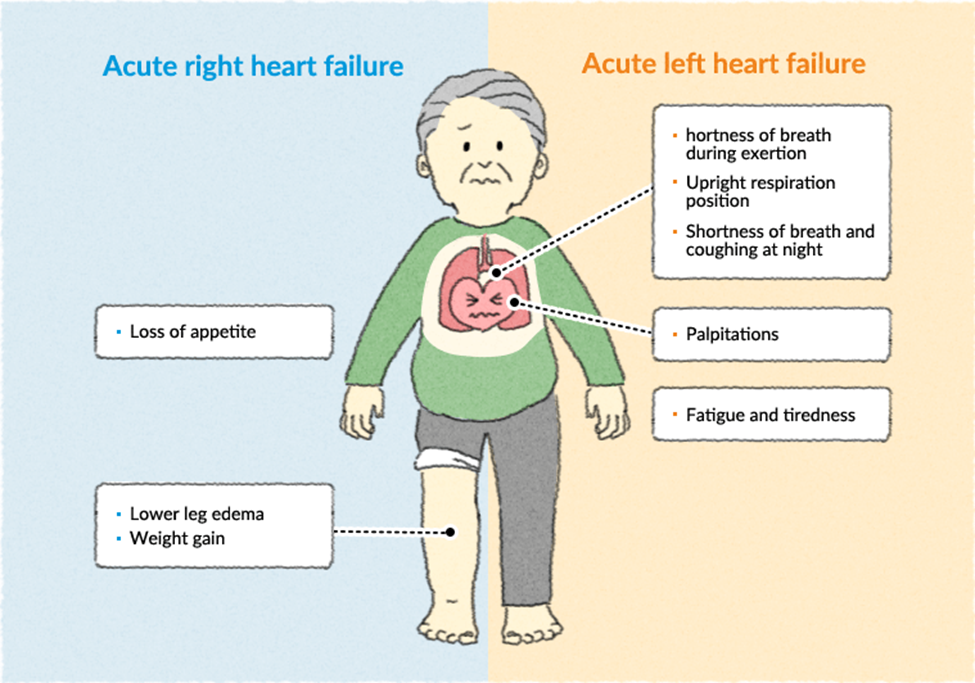The parents of a 10-year-old child in remission from leukemia are upset over the appearance of cushingoid characteristics in the child from long- term use of corticosteroids, currently being administered every other day. Which therapeutic statements would the nurse make to the parents about the cushingoid appearance? Select all that apply.
The manifestations are lessened by taking the prednisone every other day Instead of daily."
"You need to be sure to talk to the doctor about the cushingold characteristics."
Which manifestations of this condition do you find mest troublesome?
"I am sure it will be all right they hardly look unusual
The cushingoid appearance will gradually disappear once the corticosteroids are tapered and discontinued."
Correct Answer : A,B,E
A."The manifestations are lessened by taking the prednisone every other day instead of daily."
Explanation: Cushingoid characteristics can be related to prolonged corticosteroid use. Adjusting the dosing schedule, such as administering prednisone every other day instead of daily, may help minimize these manifestations.
B."You need to be sure to talk to the doctor about the Cushingoid characteristics."
Explanation: Open communication with the healthcare provider is crucial. Discussing the concerns about Cushingoid characteristics with the doctor allows for appropriate evaluation and potential adjustments to the treatment plan.
C."Which manifestations of this condition do you find most troublesome?"
Explanation: This question opens the discussion to identify specific concerns and allows the nurse to address them individually.
D."I am sure it will be all right; they hardly look unusual."
Explanation: This statement may downplay the parents' concerns. It's essential to acknowledge their worries and provide accurate information about the potential impact of corticosteroids and the plan for managing Cushingoid characteristics.
E."The Cushingoid appearance will gradually disappear once the corticosteroids are tapered and discontinued."
Explanation: Cushingoid characteristics are associated with the side effects of corticosteroid use. The nurse should provide reassurance that, in many cases, these characteristics can gradually improve once the corticosteroid dose is tapered and eventually discontinued.
Nursing Test Bank
Naxlex Comprehensive Predictor Exams
Related Questions
Correct Answer is A
Explanation
A. "Has the child had any difficulty swallowing food?"
Explanation:
Cleft palate repair can impact various aspects of a child's development, and one potential long-term effect is difficulty with swallowing or feeding. This question is relevant to assessing the child's oral and feeding function, which can be influenced by the cleft palate repair.
B. "Does the child play with an imaginary friend?"
Explanation: Imaginary play and social interactions are not directly related to the long-term effects of cleft palate repair. This question focuses more on social and imaginative development.
C. "Does the child respond when called by name?"
Explanation: Responsiveness to one's name is a general developmental milestone and is not directly related to the long-term effects of cleft palate repair.
D. "Was the child recently treated for pneumonia?"
Explanation: While respiratory issues can be a concern in children with a history of cleft palate, this question is more specific to recent health issues and does not address the long-term effects of cleft palate repair.
Correct Answer is A
Explanation
A. Orthopnea
Explanation:
Orthopnea refers to difficulty breathing that occurs when lying flat. In heart failure, fluid may accumulate in the lungs, leading to respiratory distress when the child is in a supine position. Orthopnea is a common symptom of heart failure in both adults and children.
B. Bradycardia
Explanation: Bradycardia (slow heart rate) is not a typical finding in heart failure. Heart failure often leads to compensatory mechanisms, including an increased heart rate (tachycardia), to maintain cardiac output.
C. Weight loss
Explanation: Weight loss is not a typical finding in heart failure. In fact, heart failure in children may lead to fluid retention and weight gain rather than weight loss.
D. Increased urine output
Explanation: Heart failure in toddlers is more likely to be associated with decreased urine output rather than increased urine output. Reduced cardiac output can result in decreased blood flow to the kidneys, leading to decreased urine production and potential fluid retention. Increased urine output is not a characteristic finding in heart failure.

Whether you are a student looking to ace your exams or a practicing nurse seeking to enhance your expertise , our nursing education contents will empower you with the confidence and competence to make a difference in the lives of patients and become a respected leader in the healthcare field.
Visit Naxlex, invest in your future and unlock endless possibilities with our unparalleled nursing education contents today
Report Wrong Answer on the Current Question
Do you disagree with the answer? If yes, what is your expected answer? Explain.
Kindly be descriptive with the issue you are facing.
